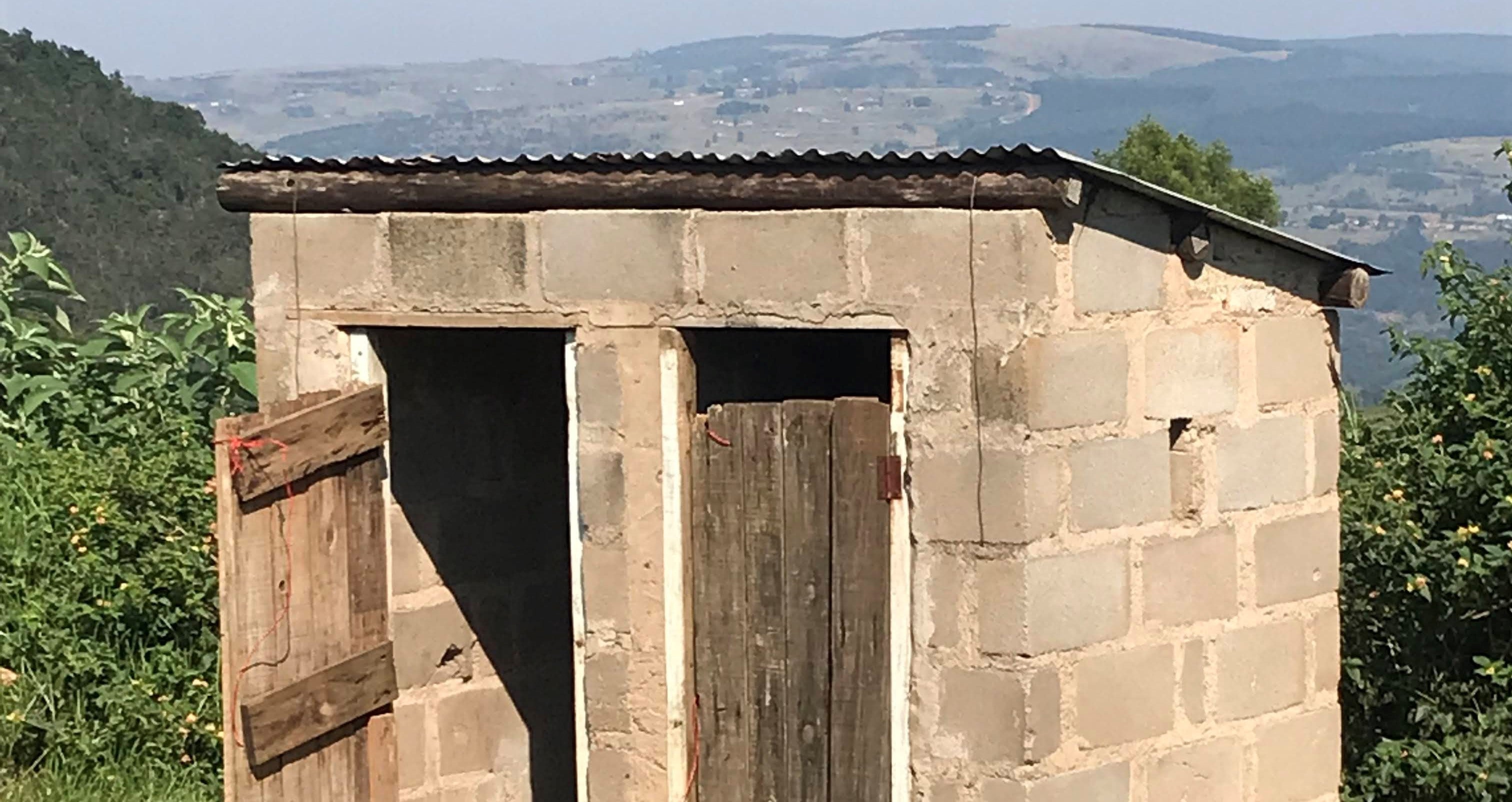 rural Eswatini. Photo credit: The World Bank
rural Eswatini. Photo credit: The World Bank
Accelerating progress in rural sanitation towards Sustainable Development Goal (SDG) 6 – clean water and sanitation for all – is possible. India’s Swachh Bharat and Nepal's Sanitation and Hygiene Master Plan are examples of how a politically prioritized and well-funded effort can make it happen. A significant body of research provides lessons on how to maximise the impact of rural sanitation programmes. But are we embedding these lessons in new sanitation programmes? Not fully.
The World Bank together with Sanitation Learning Hub, SNV, UNICEF, USAID, and WaterAid, with the support of USAID/WASHPaLS came together in November 2021 to start to address this. Building on the 2019 Rural Sanitation Call to Action principles, we organised an online workshop to discuss the latest evidence and experiences of area-wide rural sanitation and related hygiene programming. We tried to capture key lessons that, if embedded in mainstream rural sanitation practice, will help accelerate progress. The lessons are structured around six themes, and presented in this blog series:
- Government-led programming
- Sustaining gains
- Strengthening markets
- Reaching the most vulnerable with subsidies (the focus of this blog)
- Challenging contexts and climate change
- Area-wide outcomes and data
There were also five overarching messages, which speak to what needs to change more broadly in how we fund, design and implement rural sanitation. You can see the headline message in this infographic, but I’d recommend you to check out the workshop report to get all the details and case study examples.

On subsidies, the debate remains.
Should we or should we not implement sanitation programmes with a zero-subsidy approach? For advocates of “pure” Community-Led Total Sanitation (CLTS), the argument is that subsidies can be pervasive and distortionary and may not lead to behavior change and collective action. However, at the workshop, there was consensus: interventions without subsidies may negatively impact the more vulnerable households. They may be more likely to revert to open defecation because of the low-quality toilets they could afford. They also may be worse off because of unmanageable debt they may incur to build toilets of higher standards.
Subsidies give us the opportunity to reach the poor and most vulnerable and provide them with improved sanitation. At the Bank, we consider subsidies to be part of a menu of solutions to ensure the availability and sustainable management of water supply and sanitation for all. The 2019 World Bank report, Doing More With Less - Smarter Subsidies for Water Supply and Sanitation, showed that subsidies can be powerful and progressive tools in delivering sanitation services to the poor. They shouldn’t be dismissed solely because of their poor design. Unfortunately, existing subsidies in the sector disproportionality benefit the rich as they tend to target networked services. The authors argued that it is possible to design “smart”, “targeted”, and “efficient” subsidy programmes to make sure public resources reach the poorest households.
Programmes that provide subsidies need to consider what method and selection criteria is used to identify households most in need of a support alongside what form that assistance should take. Targeting methods can include categorical, geographical, community-based, or proxy means tested targets, or a combination of different methods. Support types can include discount vouchers (with or with-out results-based payments to suppliers), cash rebates, cash transfers (conditional or unconditional) or subsidised loans. As outlined in the workshop report, there is emerging evidence from interventions in Bangladesh, Cambodia, Laos and Ghana.
At the workshop, participants raised a number of issues around subsidies we still need to address, notably:
- Costing, financing and value for money and related choices based on using funds for subsidies versus ensuring sufficient local government capacity,
- How best to link into other subsidy or household and community support mechanisms, such as existing social protection programmes,
- How to ensure that subsidy programmes support rather than distort community wide action and market-based approaches,
- How to understand debt challenges of poor households though subsidies can play a role, they are one of many ways required to reach the most vulnerable.
More evidence is needed to debunk the different myths about subsidies. A recently published article about the delivery of output-based subsidies aimed to do just that. It showed that output-based subsidies to the poor were more impactful than sanitation marketing activities alone and that introducing subsidy programmes did not dampen demand from those not eligible for subsidies. There is still a lot we need to learn and unlearn to make sure that government subsidies are not faulty, and that relatively wealthy households do not capture benefits meant for the poor and vulnerable. The goal in the end is universal access and subsidies remain a mean to an end.


Join the Conversation